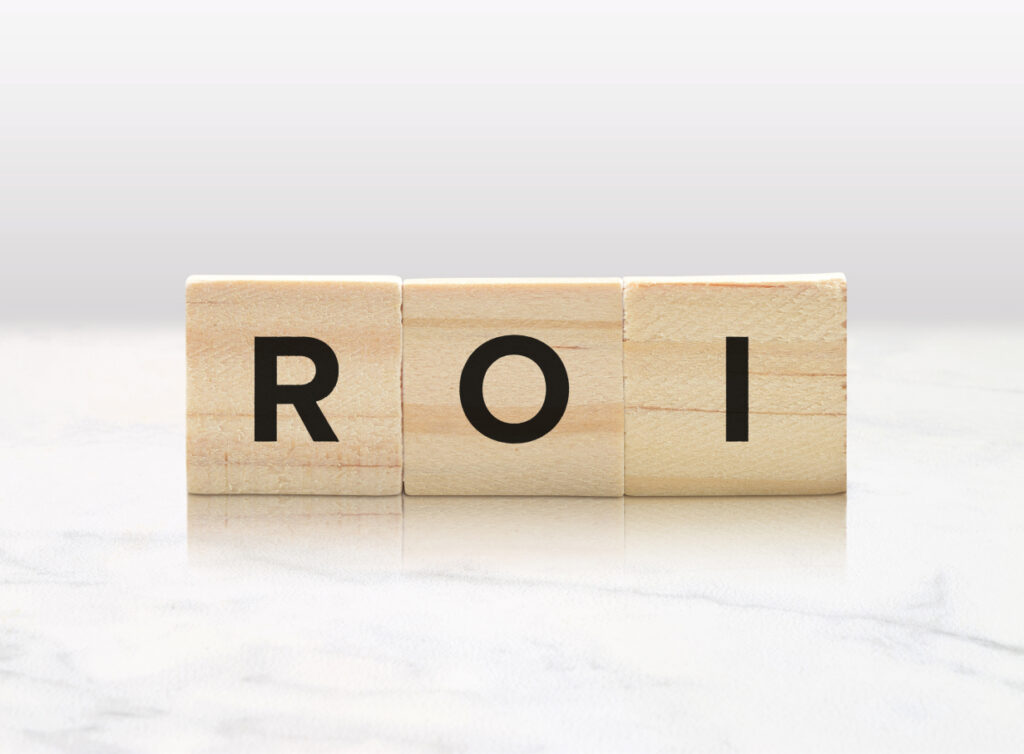Marketing is the fuel that drives a business.
It's the key to building brand awareness, reaching new customers, and securing loyal ones. However, it's not always easy to measure the return on investment (ROI) of your marketing efforts. The good news is that with some planning and the right tools, you can track your ROI and ensure that your marketing efforts are paying off. In this comprehensive guide, we'll take a look at how to measure the ROI of your marketing efforts and get the most out of your marketing budget.
Define Your Goals
Before you can measure the ROI of your marketing efforts, you need to define your goals. What do you want to achieve with your marketing campaign? Do you want to increase sales, boost brand awareness, or generate leads? Once you've defined your goals, you can create a plan that's optimized for achieving those goals. Make sure you establish realistic, specific, and measurable goals. This will ensure that your marketing goals are achievable and measurable.




Use Tools to Measure Marketing ROI
There are several tools that can help you measure the ROI of your marketing efforts. You can use website analytics tools like Google Analytics to track your website traffic, social media analytics tools like Hootsuite to track your social media engagement, and email marketing analytics tools like Mailchimp to track your email campaign results. Make sure to use tools that are designed for measuring your specific goals. This will help you gain insights into how your efforts are impacting your business.
Track Your Marketing KPIs
Key Performance Indicators (KPIs) are the data points you use to measure your marketing performance. Make sure to track your KPIs regularly to monitor your progress. Some of the most important KPIs to track include website traffic, social media engagement, email opens and click-throughs, and lead generation. Analyze the data you gather from your marketing campaigns and use it to optimize your future efforts.




Analyze Your Marketing Results
Once you have gathered and analyzed your marketing campaign data, you can use it to make informed decisions. For example, if a campaign is generating a high ROI, you can invest more in it, or modify other campaigns to mimic its success. If a campaign is not performing well, you can revise it, or redirect resources to other activities that are performing better. Be open to pivoting strategies if it makes sense to do so.
Calculate Marketing ROI
Marketing ROI calculates the return on investment of your marketing efforts. To calculate your marketing ROI, you'll need to know how much you spent on your marketing efforts and how much revenue those efforts generated. Simply subtract the cost of your marketing campaign from the revenue it generated, then divide that total by the cost of the campaign. For example, if you spent $10,000 on a marketing campaign and generated $50,000 in revenue, your ROI would be 400%. This formula helps you determine how your marketing efforts are impacting your business's bottom line.


Conclusion
Measuring the ROI of your marketing efforts isn't always easy, but it's essential for the growth and success of your business. By defining your goals, using analytics tools, tracking your KPIs, analyzing your results, and calculating your marketing ROI, you can ensure that your marketing strategies are working for you. Invest the time and resources to do it right, and gain the necessary insights to make informed decisions. A comprehensive understanding of your ROI can help you create a marketing campaign that's optimized for your business's bottom line.